
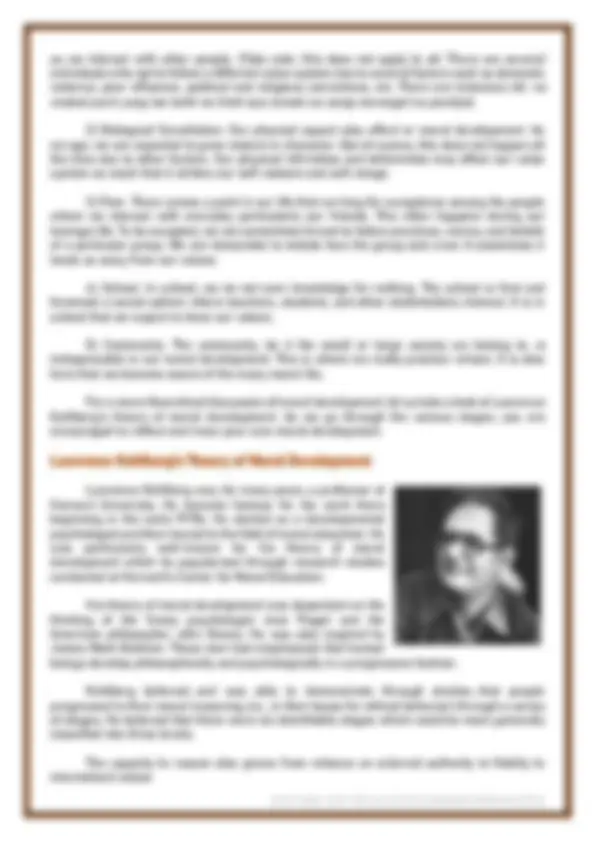
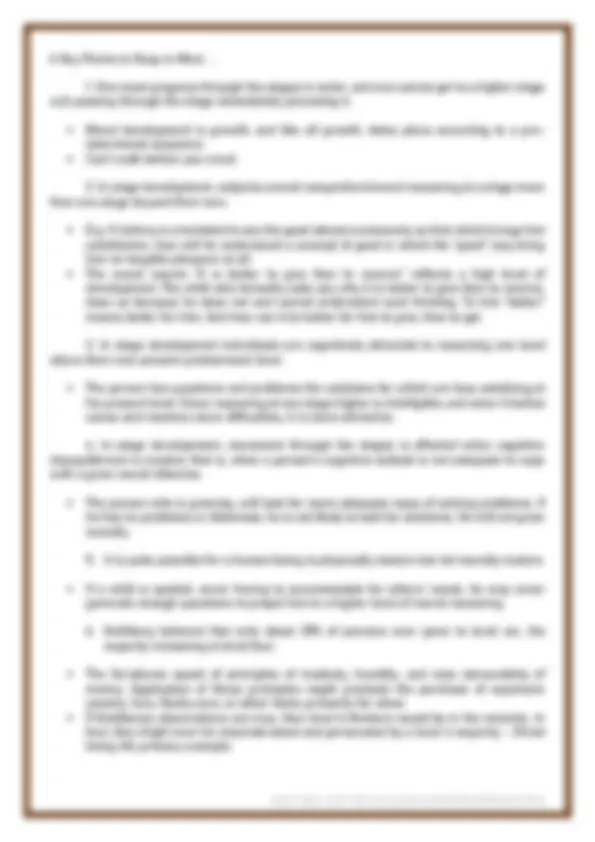
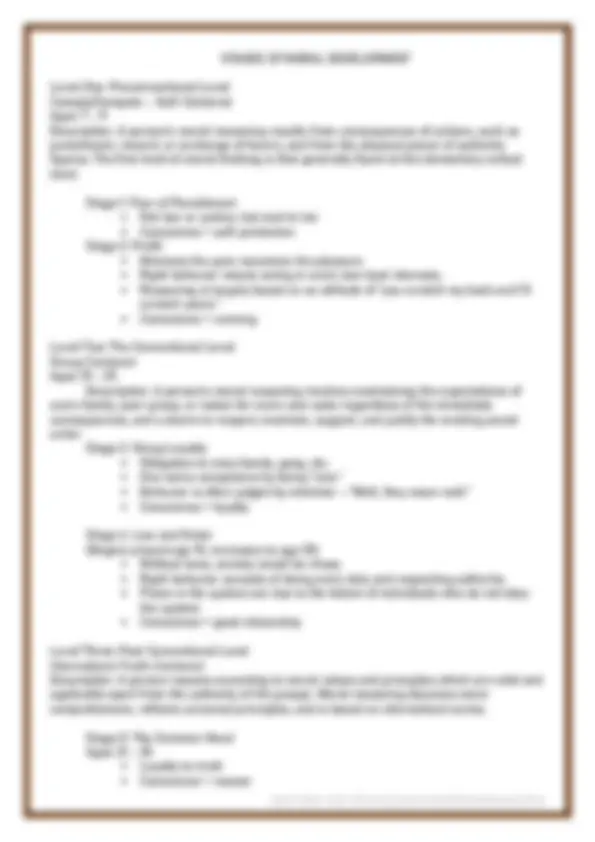
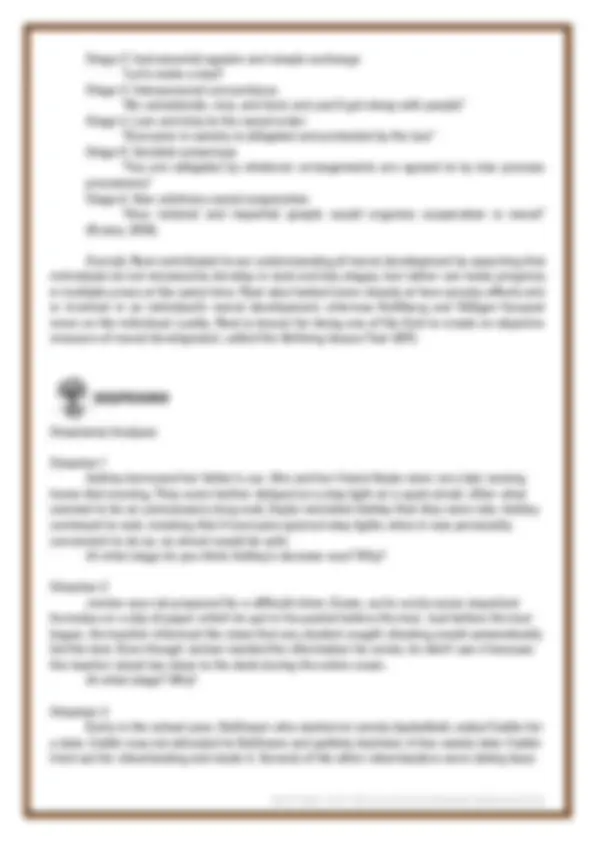
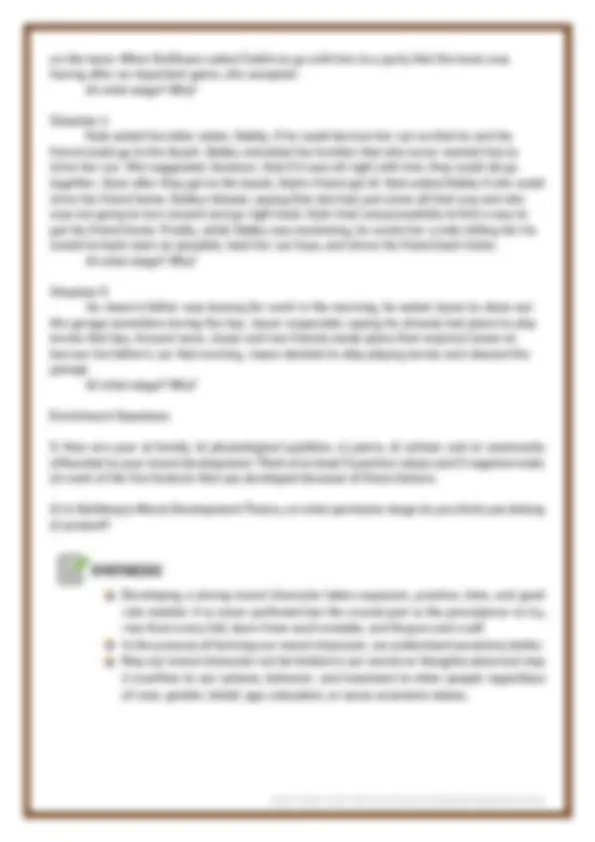


Study with the several resources on Docsity

Earn points by helping other students or get them with a premium plan


Prepare for your exams
Study with the several resources on Docsity

Earn points to download
Earn points by helping other students or get them with a premium plan
Community
Ask the community for help and clear up your study doubts
Discover the best universities in your country according to Docsity users
Free resources
Download our free guides on studying techniques, anxiety management strategies, and thesis advice from Docsity tutors
It is about moral character. It is about moral character. It is about moral character.
Typology: Study notes
1 / 9

This page cannot be seen from the preview
Don't miss anything!






Instruction: Choose an existing story (book, film, comics, TV series, Netflix movies, etc.) that you would like to add an additional character (person) to. Conceptualize the new character that you would like to add – specify the personality, looks, values, physical appearance, skills/powers, gender, and other details the new character would possess. Prepare a concise explanation on the rationale behind your created character and how it would fit to the existing story: Title of chosen story/movie/game/show: Proposed Character: Details of proposed character: Justification for character’s traits/skills:
clear. We can think of one’s moral character as primarily a function of whether she has or lacks various moral virtues and vices. The virtues and vices that comprise one’s moral character are typically understood as dispositions to behave in certain ways in certain sorts of circumstances. For instance, an honest person is disposed to telling the truth when asked. These dispositions are typically understood as relatively stable and long-term. Further, they are also typically understood to be robust, that is, consistent across a wide-spectrum of conditions. We are unlikely, for example, to think that an individual who tells the truth to her friends but consistently lies to her parents and teachers possesses the virtue of honesty. Etymologically, the term “character” comes from the ancient Greek term charaktêr, which initially referred to the mark impressed upon a coin. The term charaktêr later came to refer more generally to any distinctive feature by which one thing is distinguished from others. Along this general line, in contemporary usage character often refers to a set of qualities or characteristics that can be used to differentiate between persons. It is used this way, for example, commonly in literature. In philosophy, however, the term character is typically used to refer to the particularly moral dimension of a person. For example, Aristotle most often used the term ēthē for character, which is etymologically linked to “ethics” and “morality” (via the Latin equivalent mores). Aristotle’s discussion of moral character, and virtue in particular, is the most influential treatment of such issues. For this reason, his discussion will be used as a beginning point. The Greek word used by Aristotle and most commonly translated as virtue is aretē, which is perhaps better translated as “goodness” or “excellence.” In general, an excellence is a quality that makes an individual a good member of its kind. For example, it is an excellence of an ax if it is able to cut wood. An excellence, therefore, is a property whereby its possessor operates well or fulfills its function. Along these same lines, it is helpful to think of excellences as defining features of one’s character. Aristotle, for instance, sometimes speaks of a good moral character as “human excellence” or an “excellence of soul” (Nicomachean Ethics I.13). The idea here is the same as with the axe—having a good moral character helps its possessor operate well and live up to her potential, thereby fulfilling her nature. Moral character is formed by one’s actions. “The habits, actions, and emotional responses of the person of good character are all united and directed toward the moral and the good” (Mitchell, 2015). By habitually practicing virtuous acts, we become achieve excellence in moral character. But as we have discussed in virtue ethics, the first step to acquiring virtues asks us to look for moral exemplars – people or icons that show us how a virtue is practiced. We are social beings. We are born in a culture. Thus, moral character is not self-made. It is a product of our responses to the factors that influence our moral character. Mamawal (1993) listed several agencies of values formation: 1) Family. It is our first community. It is in the family that we first learn how to socialize. Hence, it is where our value system first developed. We generally manifest our family values
6 Key Points to Keep in Mind...
Level One: Preconventional Level Comply/Compete – Self-Centered Ages 7 - 11 Description: A person’s moral reasoning results from consequences of actions, such as punishment, reward, or exchange of favors, and from the physical power of authority figures. The first level of moral thinking is that generally found at the elementary school level. Stage 1: Fear of Punishment
Conventional - Responsibility - More care shown for other people. Gilligan says this is shown in the role of Mother & Wife - Situation sometimes carries on to ignoring needs of self. In this transitional phase, tensions between responsibility of caring for others and caring for self are faced. Post Conventional - Acceptance of the principle of care for self and others is shown. Some people never reach this level. Overall, Gilligan’s theory was meant to build off of Kohlberg with specific consideration to the women who were not represented in his theory, which is why the model is similar in that both theories have stages that you build upon, when you must work through one to reach the next. Additionally, both have a final stage that they both believed not all individuals reach in their lifetime. They mainly differ in terms of orientation – Kohlberg with a justice orientation and Gilligan with a care orientation. Rest’s Neo Kohlbergian’s Approach James Rest’s work mainly builds off of Kohlberg’s, similar to Gilligan, but takes a different position. Rest viewed moral development as more fluid and more broadly than Kohlberg did (Evans, 2010). Where Kohlberg and Gilligan have set stages to move through and build on each other, Rest felt that the stages of moral development were more fluid, that one may use more than one stage at a time and may even show forward movement in more than one stage at a time. Like Kohlberg, it is assumed that Rest mainly studied white men, again limiting the range of applicability of these moral development theories. Where Kohlberg had his three criteria, Rest had three schemas: the personal interest schema , the maintaining norms schema , and the post-conventional schema. The first schema develops during childhood, where individuals consider what each stakeholder has to gain or lose in a moral dilemma. This schema views morally right as what appeals to the investment an individual holds in the consequences. The second schema is a first attempt to see societal collaborations, such as wanting generally accepted social norms, believing that norms apply to all in said society, establishing a chain of command, and more. This schema assumes that respect for authority comes from a respect for society. Lastly, the final schema asserts a moral obligation on communal values and is more advanced in terms of ethics. With this schema, individuals appeal to an ideal, want shareable values and full reciprocity. With these schemas and the more fluid stages of the theory (overview below), Rest set out to examine how expectations about actions/rules are known and shared and how interests are balanced in a society. Below is an overview of the central concepts for determining moral rights and responsibilities: Stage 1: Obedience “Do what your told…”
Stage 2: Instrumental egoism and simple exchange “Let’s make a deal” Stage 3: Interpersonal concordance “Be considerate, nice, and kind, and you’ll get along with people” Stage 4: Law and duty to the social order “Everyone in society is obligated and protected by the law” Stage 5: Societal consensus “You are obligated by whatever arrangements are agreed to by due process procedures” Stage 6: Non-arbitrary social cooperation “How rational and impartial people would organize cooperation is moral” (Evans, 2010). Overall, Rest contributed to our understanding of moral development by asserting that individuals do not necessarily develop in neat and tidy stages, but rather can make progress in multiple areas at the same time. Rest also looked more closely at how society affects and is involved in an individual’s moral development, whereas Kohlberg and Gilligan focused more on the individual. Lastly, Rest is known for being one of the first to create an objective measure of moral development, called the Defining Issues Test (DIT). Situational Analysis Situation 1 Ashley borrowed her father’s car. She and her friend Kayla were very late coming home that evening. They were further delayed at a stop light on a quiet street. After what seemed to be an unnecessary long wait, Kayla reminded Ashley that they were late. Ashley continued to wait, insisting that if everyone ignored stop lights when it was personally convenient to do so, no street would be safe. At what stage do you think Ashley’s decision was? Why? Situation 2 Jordan was not prepared for a difficult chem. Exam, so he wrote some important formulas on a slip of paper which he put in his pocket before the test. Just before the test began, the teacher informed the class that any student caught cheating would automatically fail the test. Even though Jordan needed the information he wrote, he didn’t use it because the teacher stood too close to his desk during the entire exam. At what stage? Why? Situation 3 Early in the school year, DeShawn who started at varsity basketball, asked Caitlin for a date. Caitlin was not attracted to DeShawn and politely declined. A few weeks later Caitlin tried out for cheerleading and made it. Several of the other cheerleaders were dating boys